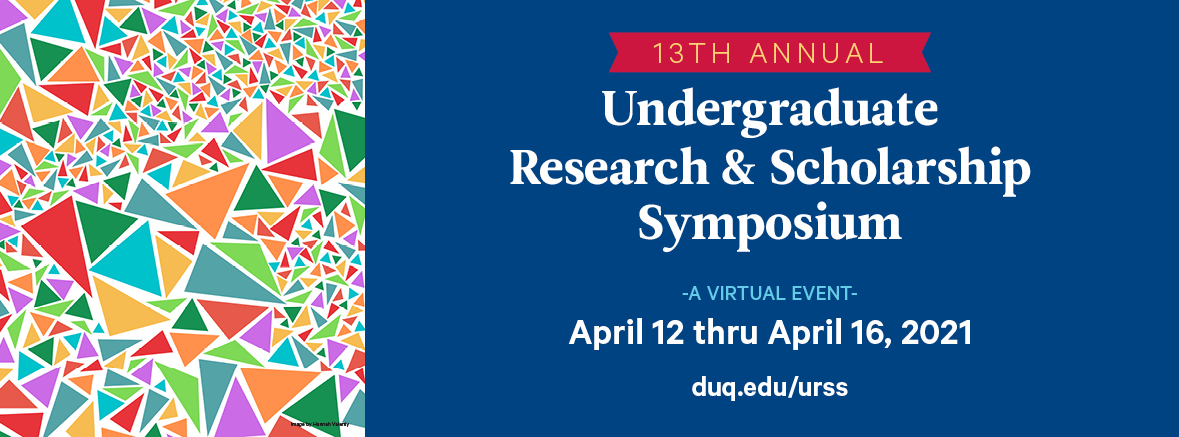Presenter Information
Amy Yuhas1, Megan Huey1, Mai-Ly N. Steers1, and Chelsie M. Young2
Duquesne University1, Pittsburgh, PA 15282.
Rowan University2, Glassboro, NJ 08028.Abstract
People’s daily social activities have been altered during the pandemic since they carry risk for contracting COVID-19. Prior to the pandemic, drinking socially has been the highlight of many college students’ lives. This study explores how COVID-19 has impacted college students’ drinking and social activities. We examined samples from a large, southern, public university both prior (N=65, Mean age=22.15, SD=2.03, 78.87% female) and during COVID-19 (N=47, Mean age=22.42, SD=1.64, 75.47% female). Students filled out an alcohol-related Timeline Followback measure (TLFB), in which they recalled their drinking over the past 30 days using anchor events inputted into a calendar. The events were qualitatively coded and assigned a COVID-19-risk behavior (CRB) score based on the Texas Medical Association’s 9- point scale. Activities now known to contain risk for COVID-19 contraction were classified as follows: Moderate CRB (ranked 5-6; e.g., visiting friends), Moderate-High CRB (ranked 7; e.g., attending a party), and High CRB (ranked 8-9; e.g., going to a bar). Results revealed that students who engaged in CRBs that were ranked 5 and above were more likely to report greater number of drinks on one occasion in the past 30 days (e.g., peak drinks) and more drinks over the entire month (e.g., total monthly drinks). Although total alcohol consumption (e.g., peak drinks and total monthly drinks) remained unchanged, and students were less likely to partake in the highest ranked CRBs (e.g., ranked 8-9) during the pandemic, those who were participating in the highest ranked CRBs (e.g., ranked 8-9) may have been more likely to contract or spread COVID-19.
Keywords: college students, COVID-19 risk behaviors, alcohol consumption
School
School of Nursing
Advisor
Dr. Mai-Ly N. Steers
Submission Type
Paper
Publication Date
April 2021
Included in
Going Out or Staying In: How the COVID-19 Pandemic has Influenced College Students’ Drinking and Socializing
People’s daily social activities have been altered during the pandemic since they carry risk for contracting COVID-19. Prior to the pandemic, drinking socially has been the highlight of many college students’ lives. This study explores how COVID-19 has impacted college students’ drinking and social activities. We examined samples from a large, southern, public university both prior (N=65, Mean age=22.15, SD=2.03, 78.87% female) and during COVID-19 (N=47, Mean age=22.42, SD=1.64, 75.47% female). Students filled out an alcohol-related Timeline Followback measure (TLFB), in which they recalled their drinking over the past 30 days using anchor events inputted into a calendar. The events were qualitatively coded and assigned a COVID-19-risk behavior (CRB) score based on the Texas Medical Association’s 9- point scale. Activities now known to contain risk for COVID-19 contraction were classified as follows: Moderate CRB (ranked 5-6; e.g., visiting friends), Moderate-High CRB (ranked 7; e.g., attending a party), and High CRB (ranked 8-9; e.g., going to a bar). Results revealed that students who engaged in CRBs that were ranked 5 and above were more likely to report greater number of drinks on one occasion in the past 30 days (e.g., peak drinks) and more drinks over the entire month (e.g., total monthly drinks). Although total alcohol consumption (e.g., peak drinks and total monthly drinks) remained unchanged, and students were less likely to partake in the highest ranked CRBs (e.g., ranked 8-9) during the pandemic, those who were participating in the highest ranked CRBs (e.g., ranked 8-9) may have been more likely to contract or spread COVID-19.
Keywords: college students, COVID-19 risk behaviors, alcohol consumption

